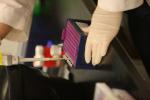Our thoughts, feelings, and movements are controlled by billions of neurons talking to each other at trillions of specialized communication points called synapses.
Press Releases
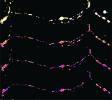

In an article published in Nature Genetics, researchers confirm that about 14% of all cases of cerebral palsy, a disabling brain disorder for which there are no cures, may be linked to a patient’s genes and suggest that many of those genes control how brain circuits become wired during early development.
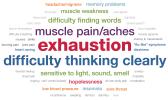
One of the major symptoms of myalgic encephalomyelitis/chronic fatigue syndrome (ME/CFS) is post-exertional malaise (PEM), the worsening of symptoms after physical or mental activities.

The Breakthrough Prize Foundation has announced that Richard J. Youle, Ph.D., a senior investigator at the National Institutes of Health (NIH), is one of four recipients of the 2021 Breakthrough Prize in Life Sciences.
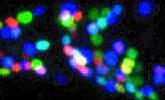
When it comes to brain cells, one size does not fit all. Neurons come in a wide variety of shapes, sizes, and contain different types of brain chemicals. But how did they get that way?

Every year, 150 to 300 children in the United States are diagnosed with diffuse intrinsic pontine gliomas (DIPGs), aggressive and lethal tumors that grow deep inside the brain, for which there are no cures.
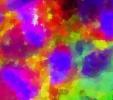
For every cell in the body there comes a time when it must decide what it wants to do for the rest of its life. In an article published in the journal PNAS, NIH researchers report for the first time that ancient viral genes that were once considered “junk DNA” may play a role in this process.
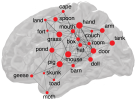
Thousands of words, big and small, are crammed inside our memory banks just waiting to be swiftly withdrawn and strung into sentences.

The National Institutes of Health plans to invest $25 million over 5 years in a new program to spur innovative research on amyotrophic lateral sclerosis (ALS), a progressive and fatal neurological disease that weakens and eventually paralyzes voluntary muscles.
